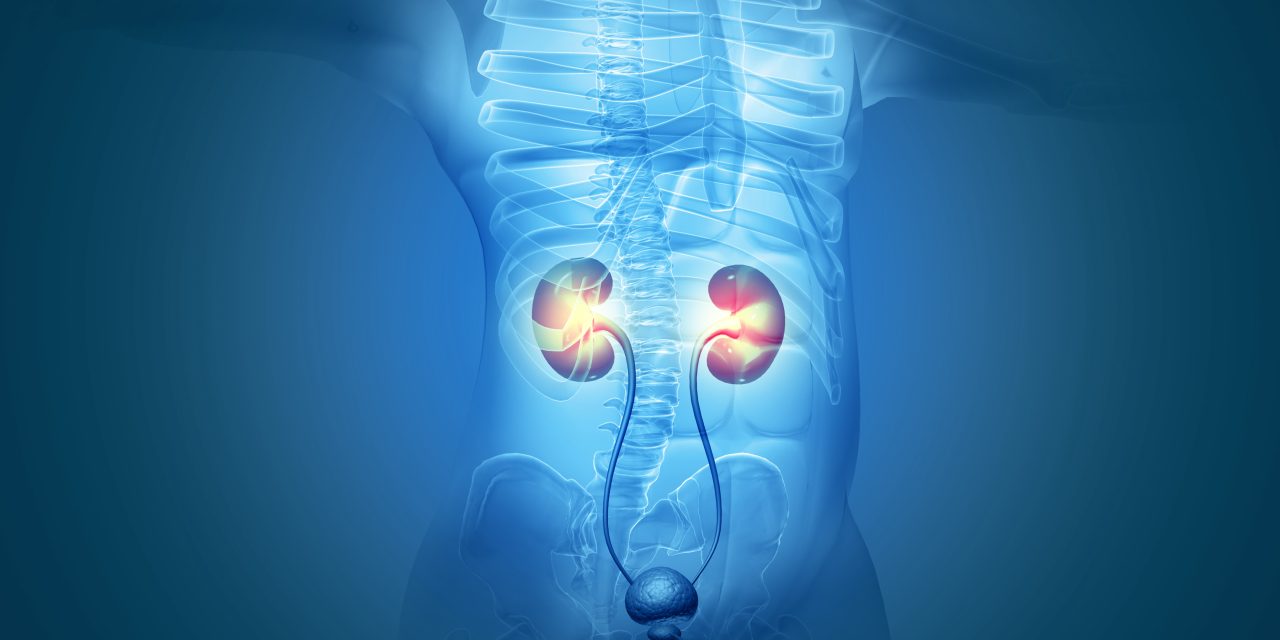To explore a new method of in vitro culture and purification of rat corpus cavernosum endothelial cells (CCECs). Male Sprague-Dawley rats’ penile tissue were digested with elastase or collagenase combined with mechanical extrusion to isolate and culture the CCECs. The fixed-point digestion method was used to purify the primary cells. High-purity CCECs were successfully isolated. Following the digestion of the primary CCECs by elastase or collagenase coupled with mechanical extrusion, the cells were paving stone- and cobblestone-shaped over 10 days. The cell purity yielded in the second generation (P2) CCECs after using the fixed-point digestion method was significantly high. Compared with primary CCECs extracted by elastase digestion combined with the mechanical extrusion method, CCECs cultured by collagenase digestion yielded higher purity and a more stable morphology after fixed-point digestion and purification. Immunofluorescence staining of the third generation CCECs and the expression results of endothelial cell-associated marker antibodies CD31 and VWF were positive, and flow cytometry showed the purity of CCECs was 96.9%. Enzymatic digestion combined with mechanical extrusion and fixed-point digestion is a simple, economical method for in vitro culture and purification of CCECs, which is conducive to studying the pathophysiological mechanisms of endothelial dysfunction and erectile dysfunction.© 2021 Wiley-VCH GmbH.
Culture and purification of SD rat corpus cavernosum endothelial cells by enzymatic digestion combined with mechanical extrusion and fixed-point digestion.


